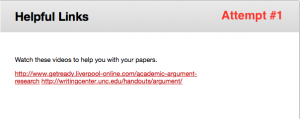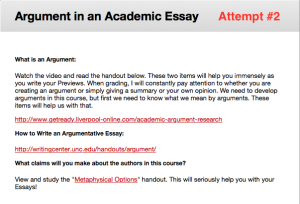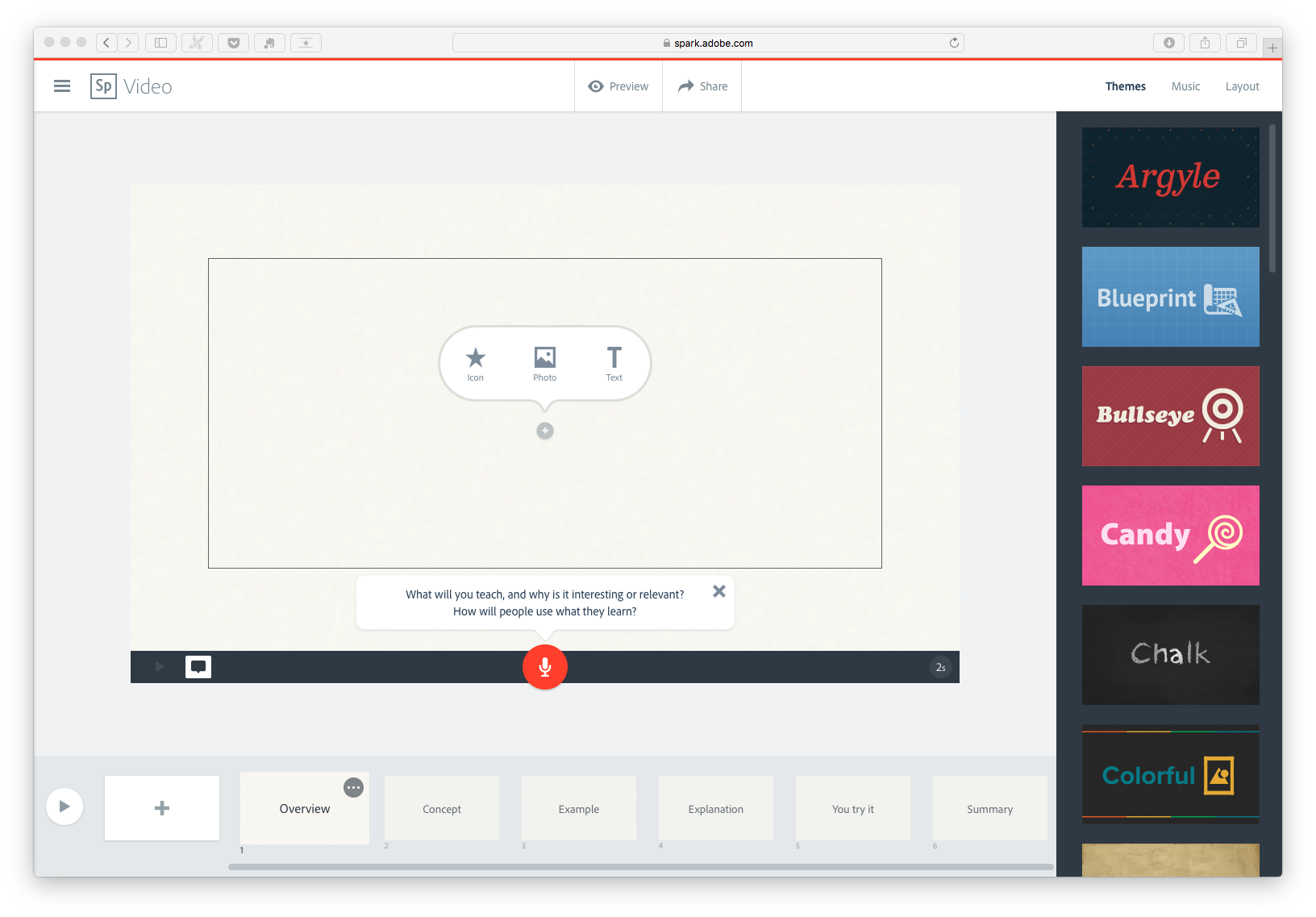Blackboard recently released a very handy guide to Writing for Accessibility. They cover both grammatical styles that should be employed when writing for the web as well as how to structure digital content by using headings, bullet lists, emphases, and images. All these practices are crucial as they aid students with visual disabilities who rely on screen readers to consume course information.
But I would also argue that writing for accessibility can have an immense impact on the way all our students learn, even those without a recognized disabililty. Why? Because when we apply accessibility standards to our writing and content layout, we are compelled to empathize with our students and ask a very basic question. “How they will receive this?”. This question often goes unasked, but it is a very basic part of course design and indeed all design, since design is fundamentally a way to make things usable for actual human beings.
For example, if you are forced to use semantically rich heading structures that are recognizable by screen readers, the overall presentation of your information will become more hierarchical in general, and thus more accessible for all your students.
Here’s a simple visual example from my own course . I wanted to post some resources that would help students better understand what I meant by “create an argument” in their weekly essays. But when I posted the links and asked myself “How will my students receive this?” it wasn’t clear. So I created some hierarchy and scaffolding around the items to explain exactly how the students would use them. Admittedly these are small changes, but if we apply these systematically to a course, they begin to add up.
Do We Need Images at All?
Another way in which a focus on accessibility is helpful for our students is that it asks us to consider whether or not certain media are necessary at all. For example, when thinking about images, the Blackboard team has the following advice,
Ask yourself what the purpose of an image is. Is it to give a page visual appeal? Or to give a sighted user a visual reference of what to expect? Is the image something all users need to consume to understand your content?
If you don’t know the meaning or purpose of the image, don’t use it! It is clutter and will be overwhelming to those with learning disabilities.
This recalls the advice of Edward Tufte, the noted theorist of information design, when he explained that
The minimum we should hope for with any display technology is that it should do no harm.
Toward Accessible Video
Perhaps the most daunting aspect of accessibility in an instructional setting—closed captioning for videos—is in fact the most helpful. If you are recording a video for instructional purposes, we highly recommend storyboarding your video before your record. Asking yourself some simple questions before recording is key to create accessible video content:
- What do you want to capture in the recording?
- Why is it important to capture information in this way?
- What are your instructional goals?
- How long will your video be?
- How will your video engage your students?
Asking these questions and planning your video before hand will clarify exactly what and how your recording will aid student learning. Adobe understands how important storyboarding is to making successful instructional videos. In its recent release of the Spark video platform, it baked a simple storyboard into the “Create a Lesson” template. I think this is a good example.
If you are planning to add closed captioning with subtitles for deaf viewers or those whose native language is different than the one spoken in your video, you will have a much easier time breaking up the content into a readible transcript if you have created a storyboard before.
Broader Implications
All students benefit from designing courses and instructional materials from a place of empathy. But it also seems likely that attending to accessiblity in our courses will help drive innovation in teaching discipline-specific content. This is already happening in the private sector, with tech companies turning to inclusive design, not from fear of legal repercussions, but because “the accessibility problems of today are the mainstream breakthroughs of tomorrow.” None other than Google and Microsoft are starting to see disability as an “engine of innovation”. “I’m passionate about accessibility,” says Julie Andersson, who heads up Google’s accessibility efforts, “not just because I believe in a level playing field, but because [inclusive design] makes life more livable for everyone.”
Projects like the Accessibility By Design Initiative at Portland State University present a real opportunity to scale accessible course design across a campus and leverage inclusive design in higher education. But even on a smaller scale in our own courses, we can be working toward this goal by finding small opportunities to be as inclusive as possible. So, in addition to the above suggestions, below are some more resources to get you started.
Resources
Screencasting Quick Start Guide
Experience Accessibility Firsthand







Great suggestions! Thank you for putting this article together.